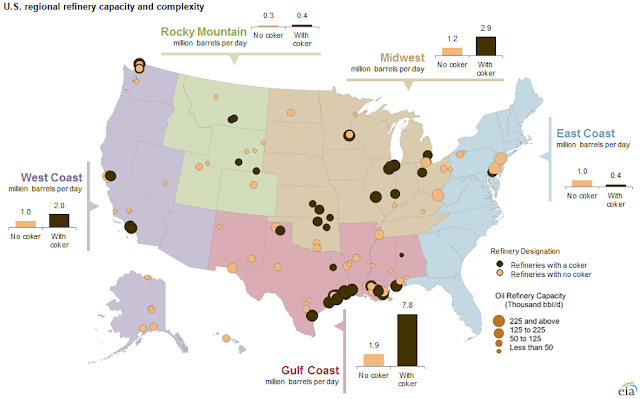Legislative intent focused on reducing slave labor and human trafficking in supply chains. Companies operating in California with annual revenues of more than $100 million are required to disclose how they (1) engage in verification of product supply chains to evaluate and address risks of human trafficking and slavery; (2) conduct audits of suppliers; (3) require direct supplies to certify that materials incorporated into the product comply with the laws regarding slavery and human trafficking of the countries in which they are doing business; (4) maintain accountability standards and procedures for employees or contractors that fail to meet company standards regarding slavery and human trafficking; and (5) provide employees and management training on slavery and human trafficking.
Earlier this month the first class-action lawsuit was filed under the Act. According to the National Law Review:
And then, in what will be both a theme and an organizing principle in this new sort of litigation, the complaint boldly alleges a short sentence 42 pages into the depiction of a centuries’ old problem that multiple governments and NGOs are combating – that “Costco could remedy this situation by enforcing its supplier standards, which prohibit slave labor and human trafficking.”
Is it a supply chain where each link is under the control of individually responsible parties? Or is the supply-and-demand network a commons in which most conceptions of control are either very narrow or delusional? What is the responsibility of apex consumers in the system? How can any such responsibility be most effectively exercised?




